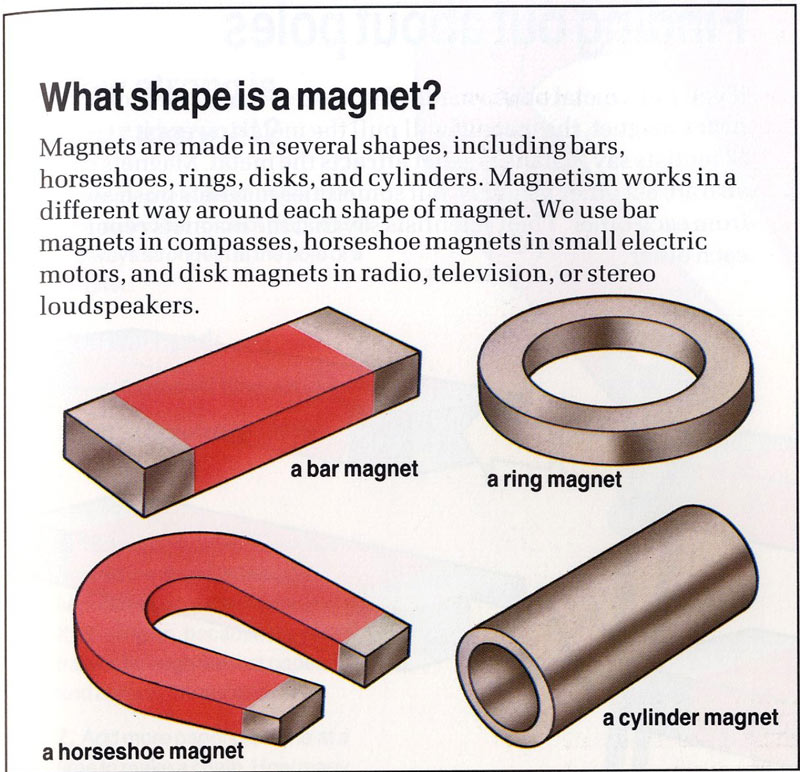Unveiling the Secrets of Magnetism Magnetic Properties Explained

Have you ever wondered about the invisible forces that make magnets stick to your refrigerator or power electric motors? These forces stem from the inherent properties of all magnets, a fascinating area of physics that has captivated scientists for centuries. Understanding these properties unlocks a deeper appreciation for the natural world and the countless technologies that rely on magnetism.
Magnets, in their simplest form, are materials that generate a magnetic field. This field, invisible to the naked eye, exerts forces on other magnets and magnetic materials. This interaction is the foundation of magnetic phenomena, from the simple attraction of a magnet to a refrigerator to the complex workings of MRI machines. What exactly are these fundamental characteristics shared by all magnets? Let's delve into the core attributes that define magnetism.
Historically, the discovery of magnets dates back to ancient civilizations, with lodestone, a naturally occurring magnetic mineral, playing a crucial role. The ancient Greeks and Chinese recognized the attractive properties of lodestone and utilized it for navigation and early forms of magnetic therapy. Over time, understanding of magnetic properties evolved, leading to the development of artificial magnets and the integration of magnetism into countless devices.
The importance of understanding magnetic properties cannot be overstated. From the generation of electricity in power plants to the data storage in your computer hard drive, magnetism is a cornerstone of modern technology. Furthermore, magnetic properties play a crucial role in scientific research, medical imaging, and even transportation systems like maglev trains. Despite its widespread applications, there are challenges associated with magnetism, including the loss of magnetic strength over time and the difficulty in controlling strong magnetic fields.
Every magnet possesses two poles: a north pole and a south pole. This dipole nature is a fundamental property. Like poles (north-north or south-south) repel each other, while opposite poles (north-south) attract. This simple principle governs the behavior of magnets and underlies their applications. For instance, a compass needle aligns itself with the Earth's magnetic field, indicating north because the north pole of the compass needle is attracted to the Earth's magnetic south pole.
One benefit of magnetism lies in its ability to generate electricity. Electric generators use magnets and rotating coils of wire to convert mechanical energy into electrical energy. This process is essential for power generation worldwide.
Magnets also play a crucial role in data storage. Hard drives in computers store data by magnetizing tiny regions on a disk. The direction of magnetization represents the data, allowing for vast amounts of information to be stored and retrieved.
Medical imaging techniques like MRI (Magnetic Resonance Imaging) rely on the magnetic properties of atomic nuclei. By applying strong magnetic fields and radio waves, MRI machines create detailed images of the internal structures of the human body, aiding in diagnosis and treatment.
Understanding the strength and direction of a magnetic field is crucial for effective application. Mapping magnetic fields using iron filings or specialized sensors can help visualize and analyze the magnetic field's behavior. Experimenting with different magnet shapes and materials can also reveal how these factors influence the field.
Advantages and Disadvantages of Utilizing Magnetic Properties
| Advantages | Disadvantages |
|---|---|
| Efficient energy conversion (generators) | Potential for interference with electronic devices |
| High-density data storage (hard drives) | Demagnetization over time or with exposure to heat |
| Non-invasive medical imaging (MRI) | Strong magnetic fields can be hazardous in certain situations |
Frequently Asked Questions:
1. What makes a material magnetic? The arrangement of electrons within the material determines its magnetic properties.
2. Can magnetism be turned on and off? Electromagnets can be controlled by switching the electric current on and off.
3. What is the difference between a permanent magnet and an electromagnet? A permanent magnet retains its magnetism, while an electromagnet's magnetism is dependent on an electric current.
4. How does temperature affect magnets? High temperatures can weaken or destroy a magnet's magnetism.
5. What is magnetic levitation (maglev)? Maglev uses magnetic repulsion to lift and propel vehicles, such as trains.
6. What is magnetic shielding? Magnetic shielding uses materials with high magnetic permeability to redirect magnetic fields.
7. How are magnets used in everyday life? Magnets are found in everything from refrigerators and speakers to electric motors and credit cards.
8. How can I make a simple electromagnet? Wrapping insulated wire around an iron nail and connecting the ends to a battery creates a simple electromagnet.
Tips and Tricks for Working with Magnets: Store magnets away from electronic devices. Keep magnets in a cool, dry place. Use caution when handling strong magnets.
In conclusion, the properties of all magnets – their dipole nature, their ability to attract and repel, and their generation of magnetic fields – are fundamental to countless aspects of our lives. From the generation of electricity to medical breakthroughs, magnetism plays a vital role. While challenges exist in controlling and maintaining magnetic fields, the benefits and applications of magnetic properties continue to expand, driving innovation and shaping our technological landscape. By continuing to explore and understand these fundamental principles, we unlock the potential for even greater advancements in the future. Start exploring the amazing world of magnets today! Delve deeper into the fascinating concepts discussed here and uncover the secrets behind this powerful force.
Finding gentle giants maine coon rescue in connecticut
Unlocking the cool a guide to swag hood cartoon drawings
Capricorn and taurus compatibility a cosmic connection













